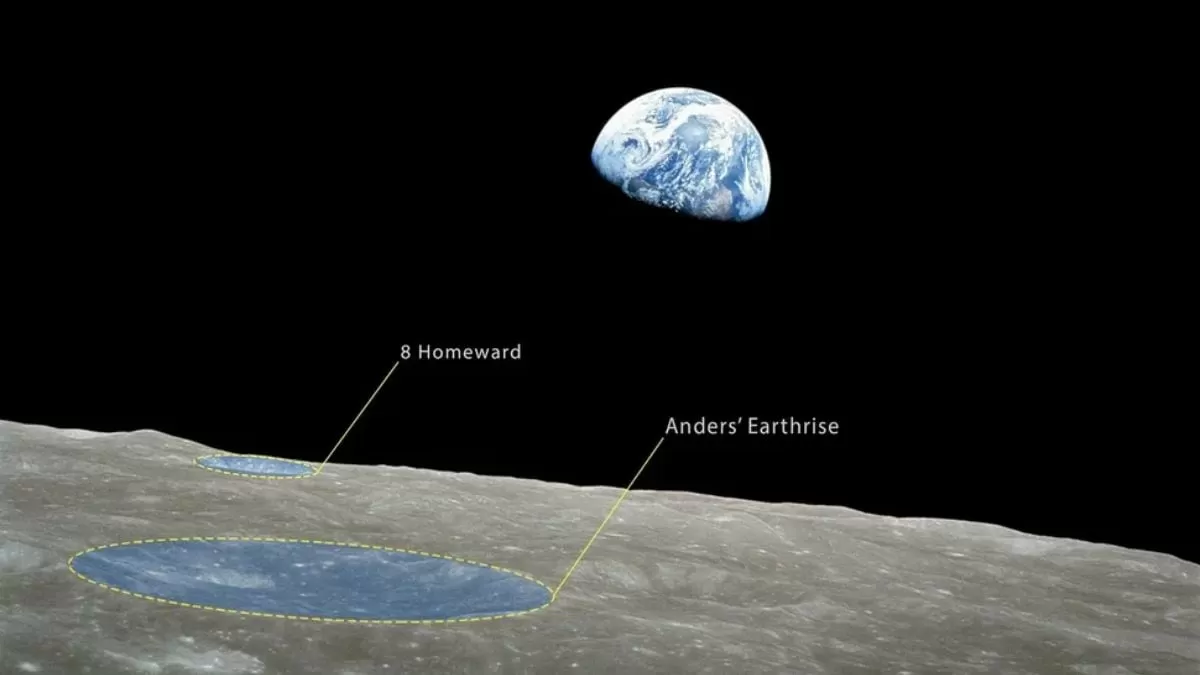A new spacecraft is set to revolutionize our ability to predict and prepare for solar storms. The SWIFT mission, short for Solar Wind Interplanetary Forecasting Tool, will use a solar sail to extend space weather warnings from 40 to 60 minutes. This crucial extra time could mean the difference between minor disruptions and major damage to satellites, astronauts, and power grids.
Solar storms, also known as geomagnetic disturbances, are caused by eruptions on the surface of the sun. These eruptions release huge amounts of energy and charged particles into space, which can have a significant impact on Earth. They can disrupt satellite communications, interfere with GPS signals, and even cause power outages on the ground.
Currently, we rely on a network of satellites to monitor the sun and provide us with early warnings of potential solar storms. However, these satellites are limited in their ability to predict the strength and timing of these storms. This is where the SWIFT mission comes in.
The SWIFT spacecraft will orbit much farther from Earth than any current monitor, giving it a unique perspective on the sun. It will use a solar sail, a large, thin sheet of material that captures the energy of sunlight to propel the spacecraft forward. This innovative technology allows the spacecraft to travel much faster and farther than traditional spacecraft, reaching distances of up to 1.5 million kilometers from Earth.
By being positioned farther from Earth, the SWIFT spacecraft will have a better view of the sun and its activity. This will enable it to provide more accurate and timely warnings of solar storms. The extra 20 minutes of lead time may not seem like much, but it can make a huge difference in our ability to prepare for and mitigate the effects of these storms.
One of the main benefits of the SWIFT mission is its potential to better protect our technology and infrastructure. Satellites are particularly vulnerable to solar storms, as they are constantly exposed to the harsh conditions of space. With the extended warning time provided by SWIFT, satellite operators will have more time to take necessary precautions, such as adjusting their orbits or powering down sensitive equipment.
Astronauts on the International Space Station will also benefit from the SWIFT mission. They are at a higher risk of exposure to radiation during solar storms, and the extra warning time will allow them to take shelter or return to Earth if necessary. This will greatly improve their safety and well-being while in space.
Another critical aspect of the SWIFT mission is its potential to protect our power grids. Solar storms can cause disruptions in the Earth’s magnetic field, which can lead to power outages. With the extended warning time, power grid operators will have more time to prepare and mitigate the effects of these disruptions. This will not only save money, but also prevent potential blackouts that could have serious consequences for our daily lives.
The SWIFT mission is a collaborative effort between NASA and the National Oceanic and Atmospheric Administration (NOAA). It is part of a larger effort to improve our understanding and prediction of space weather. The data collected by the spacecraft will also help scientists to better understand the mechanisms behind solar storms and improve our ability to forecast them in the future.
In addition to its practical applications, the SWIFT mission also represents a significant step forward in space exploration. The use of solar sails for propulsion is a groundbreaking technology that has the potential to revolutionize the way we travel through space. It is a sustainable and efficient method of propulsion that could open up new possibilities for future space missions.
In conclusion, the SWIFT mission is an exciting development in our efforts to understand and predict solar storms. With its extended warning time and innovative technology, it has the potential to greatly improve our ability to protect our technology, infrastructure, and astronauts from the effects of these powerful space weather events. As we continue to explore and expand our presence in space, the SWIFT mission will play a crucial role in keeping us safe and prepared for whatever the sun may throw our way.

